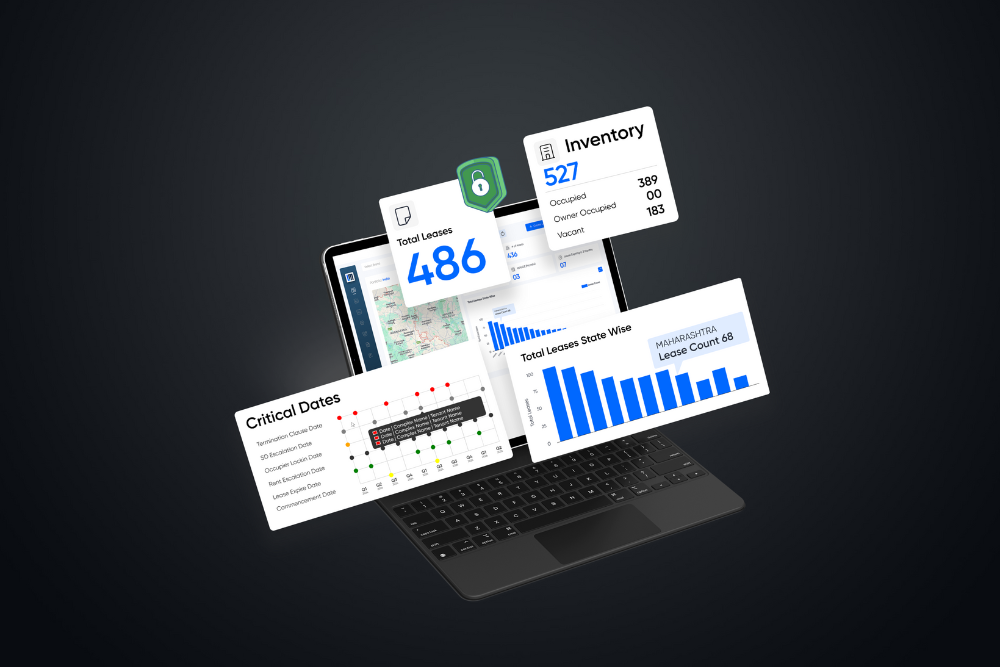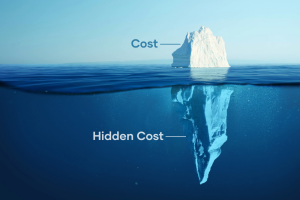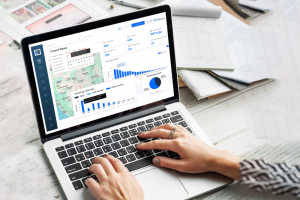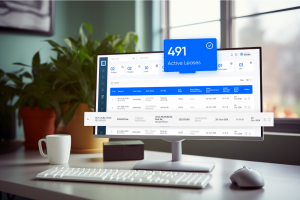Lease management software has transformed the way businesses oversee and manage their lease portfolios. With an effective system, businesses can efficiently track lease agreements, financial commitments, and compliance obligations. To fully leverage the advantages of lease management software, it’s important to concentrate on key metrics that offer insights into lease performance, cost management, and operational efficiency. Here are some vital metrics to monitor:
1. Lease Expiration and Renewal Dates
One of the key metrics to keep an eye on is the expiration and renewal dates of leases. Overlooking these dates can result in disruptions, higher costs, or even the loss of valuable properties. Lease management software provides automated reminders, helping businesses stay proactive about renewals and negotiate more favorable lease terms.
2. Total Lease Costs
Knowing the total cost mentioned as per lease agreements is crucial for effective budgeting and financial planning. This encompasses base rent, maintenance fees, insurance, property taxes, and other associated expenses. A centralized dashboard in lease management software offers a clear overview of these costs, enabling businesses to manage their real estate expenses more efficiently.
3. Occupancy and Utilization Rates
Monitoring the occupancy rate of leased spaces allows businesses to assess how effectively they are using their real estate assets. If a company is spending money on underused space, it could signal a chance to downsize or renegotiate lease agreements to reduce expenses.
4. Rent Escalations and Adjustments
Lease agreements often feature periodic rent increases tied to inflation, market rates, or set percentages. Keeping track of these changes allows businesses to plan for upcoming financial responsibilities and helps them avoid being surprised by sudden cost hikes.
5. Common Area Maintenance (CAM) Charges
CAM charges are an important expense for companies renting office space in office buildings. Lease management software monitors these charges, compares them against contracts, and identifies discrepancies that must be resolved with landlords.
6. Security Deposits and Refund Tracking
Security deposits are typically paid at the time of signing a lease. Businesses must track the deposits, the conditions under which the deposits are to be refunded, and the procedure to be followed at the end of the lease so that they can recover money when necessary. There are lease management software systems that can be used to automate such processes and thereby minimize the chances of financial loss.
7. Compliance, Legal, and Financial Risk Management
Lease agreements often include critical clauses related to termination, default penalties, liability, and compliance requirements, each posing potential legal and financial risks. Lease management software offers clear visibility into these terms, enabling businesses to identify, monitor, and mitigate such risks effectively. By tracking critical lease metrics, companies can ensure regulatory compliance, align lease responsibilities with broader corporate strategy, and optimize real estate costs. This proactive approach not only reduces risk but also enhances overall lease management efficiency and financial planning.
How CRE Lease Matrix Helps
CRE Lease Matrix is a lease management software that is designed to simplify the leasing process. Its real-time monitoring of lease expiration dates, financial commitments, regulatory obligations, and occupancy insights enables companies to maintain perfect control over their lease portfolio. With automated alerts, comprehensive reporting, and easy compliance, CRE Lease Matrix simplifies manual labor and facilitates better decision-making.
Take control of your leases now! Schedule a demo to discover the power of intelligent lease management!






